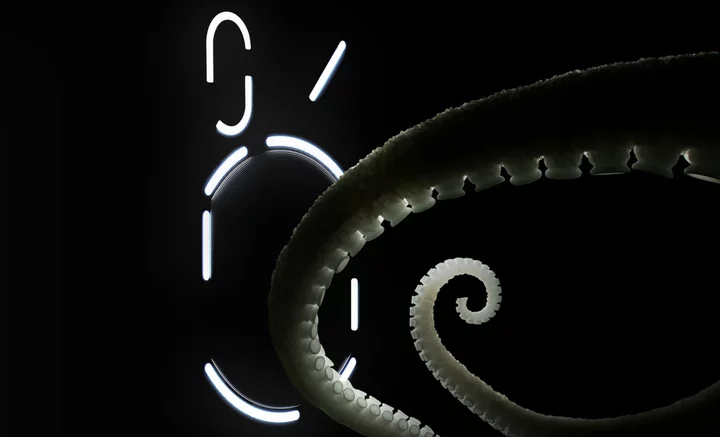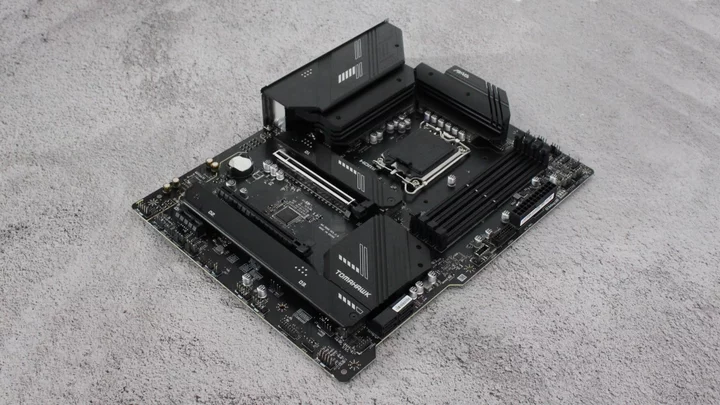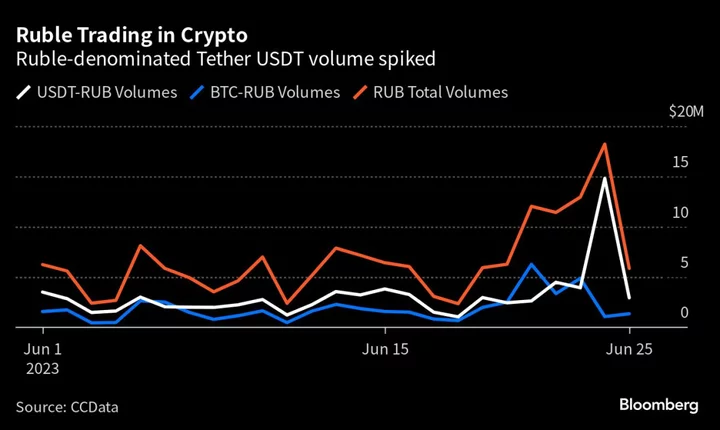
ClearOne Launches Powerful New Dante®-Compatible BMA 360D Beamforming Microphone Array Ceiling Tile at InfoComm 2023
SALT LAKE CITY--(BUSINESS WIRE)--Jun 13, 2023--
2023-06-13 21:25

Athletes who sign NLI won't face penalty if they renege due to coach change or leave before year up
New policies in the National Letter of Intent Program will eliminate athletes having to sit out a full season of competition for not complying with NLI rules under some circumstances
2023-06-28 02:18

London Goheen: Influencer slammed for 2-year-old son Stone Hawkins' odd nickname
'This has to be one of the worst nicknames a parent has even given to their child,' Dutch Minty wrote
2023-05-24 15:23

Nothing Phone 2 has an official launch date
Nothing's next smartphone, the Nothing Phone 2, is coming on July 11. The company shared
2023-06-14 15:51

UK Has Hottest Day of the Year as September Heat Tops Record
The UK had its hottest day of the year on Thursday, and the autumnal heat wave that’s baking
2023-09-08 22:00

Kerry Meets China Vice President After Xi Sends Climate Warning
US climate envoy John Kerry met with China’s Vice President Han Zheng on his final day of talks
2023-07-19 11:19

Who is FaZe Rain? Grace Van Dien and FaZe Clan co-founder's ongoing feud explained
FaZe Rain took to social media, announcing Grace Van Dien's joining FaZe Clan before the official announcement and the matter blew up
2023-05-30 16:28

Best Buy Anniversary Sale 2023: Save Big, This Weekend Only
It’s no secret that Best Buy loves sales, but this weekend, it aims to outdo
2023-08-12 03:28

Panasas Appoints Ken Claffey as CEO, Positioning the Company for Strategic Growth in the HPC and AI Storage Market
SAN JOSE, Calif.--(BUSINESS WIRE)--Sep 6, 2023--
2023-09-07 01:55

Google Pixel 8: Every single thing we know so far
Pixel 8 rumors are taking center stage after the iPhone 15 series – now equipped
2023-09-19 18:00

Leading Crypto Teams and Institutional Investors Team Up to Launch a $50M Cross-Chain Ecosystem Fund Powered by Wormhole
MIAMI--(BUSINESS WIRE)--May 18, 2023--
2023-05-18 20:25

Belle Gibson: 5 unknown facts about influencer who faked brain cancer
Belle Gibson is an Australian convicted scammer who falsely claimed to have been diagnosed with cancer, and that she was cured through a healthy diet
2023-05-15 13:54
You Might Like...

Swedish Nationalists Mull New Nuclear Firm to Rival Vattenfall

Twitter Delays Ad-Revenue Payouts for Blue Subscribers

PewDiePie: From Pokimane to Justin Bieber, YouTuber rates celebrity houses

Sony defends PS Plus price hike: 'We want to make it great'

MSI MAG B760 Tomahawk Wi-Fi Review

Russians Appeared to Seek Refuge in Crypto During Wagner Revolt

US Faced Record Number of Natural Disasters This Year With Losses Topping $1 Billion

Results of a new Antibacterial Technology from DeBogy Molecular that reduces Bacteria and Deadly Infection in Medical Implants reported in the Journal of Orthopedic Research
